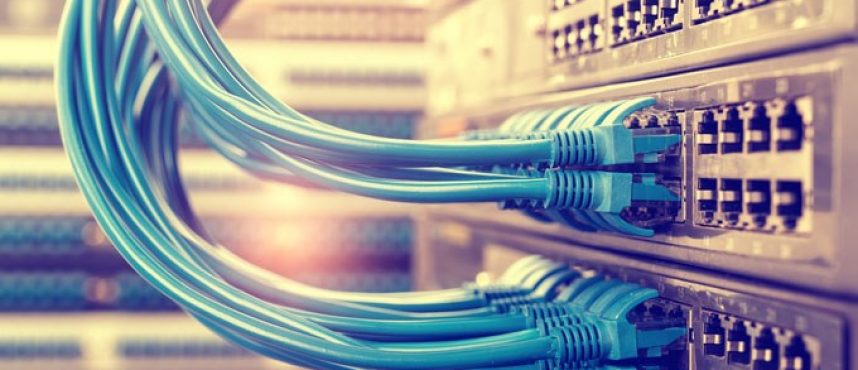
You may have heard of structured cabling as a business owner, but you need to figure out what it is and why it’s essential. Structured cabling is a complete system that connects all the components within a building and provides reliable data transmission over long distances. It allows for efficient communication between computers, telephones, security systems, and other devices in a business.
Here are three questions and answers to help you understand structured cabling better:
Q1: What is Structured Cabling?
A1: Structured cabling is a comprehensive system of cables and related hardware that connects two or more communication devices, such as servers, computers, phones, and printers. It is a critical component of any modern IT infrastructure, providing the physical layer of data transmission between devices. This cabling typically uses Cat5e, Cat6, or fiber-optic cables to provide reliable and secure connections for transmitting information over short-term and long-term distances. It is also designed to be scalable, allowing for the addition of new devices and components to the system as needed. Additionally, structured cabling is designed to be backward compatible with existing systems to minimize downtime and maintain continuity when upgrades are necessary.
Q2: What Are the Benefits of Structured Cabling?
A2: There are numerous benefits associated with structured cabling in Tampa:
- a) Increased Scalability – Structured cabling provides an easy way to expand and reconfigure networks. This makes it ideal for businesses that often adjust their setups due to growth or technological changes.
- b) Reduced Maintenance – With a structured wiring installation in Tampa, technicians can quickly diagnose and repair any network issues without opening up walls or crawling through ceilings.
- c) Reduced Cost – Structured cabling reduces the cost of installation, future maintenance, and rewiring costs when changes are made to a network.
- d) Improved Efficiency – This cabling allows data to be transmitted more quickly and efficiently, improving overall network performance.
- e) Enhanced Security – Structured cabling protects networks from external threats and malicious attacks.
- f) Improved Reliability – Structured wiring provides a more reliable network with fewer connection issues.
Q3: What Are the Components of Structured Cabling?
A3: The structured wiring installation includes:
- a) Topology – The way of designating cabling and connection points. It can either be a star, bus, ring, or hybrid topology
- b) Media – The type of cables used for the installation, such as copper cables, fiber optic cables, and wireless technology
- c) Connectors – The physical devices used to join two sections of cable or the endpoints of a network. It includes coaxial connectors, twisted-pair connectors, and fiber optic connectors
- d) Telecommunications outlets – The sockets that provide access points to connect devices to the cabling system
- e) Infrastructure – The physical components form the foundation of an entire cabling system, such as patch panels, racks, cable trays, and more.
f)Cable Management – The organization of cables to ensure that they are orderly and safe from damage; this includes zip ties, braided sleeving, patch panels, etc.
- g) Network Switch – A network switch is a device used in data networks that controls traffic between devices. It helps to reduce latency, increase speed, and efficiently manage traffic.
- h) Network Interface Card (NIC) – A NIC is an expansion card inserted into a computer that allows it to connect to the network. It includes both wired and wireless cards for different types of networks.
- i) Firewalls – A firewall is a security system that monitors incoming and outgoing network traffic. It helps to keep malicious attacks from infiltrating the network.
- j) Routers – A router is an electronic device connecting networks. It is responsible for finding a path for data packets to travel between different networks.
- k) Patch Cables – Short cables connect different points in the cabling system. These cables are typically connected to computers, peripherals, patch panels, and switches.
- l) Testing Equipment – Testing equipment is necessary to ensure that all of the components of a structured wiring installation are correctly connected and functioning as intended. This can include cable testers, tone generators, and multimeters.
- m) Terminals – Terminals are endpoints for cabling systems. They typically consist of outlets or jacks that allow network devices to be connected to the system.
Conclusion
Whether you’re setting up an entire building or a single office, structured cabling provides the necessary infrastructure for reliable network services. It is designed to meet changing technology and data requirements, minimize installation time and cost, provide long-term scalability, and ensure fast and secure connections.


